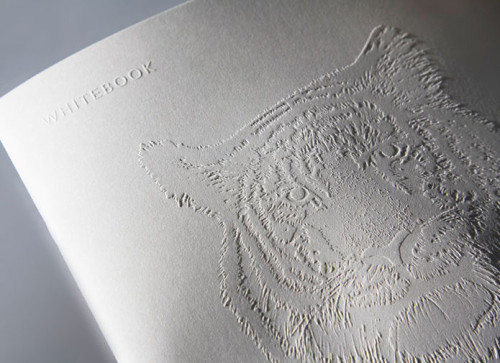2013 marks the second edition of the Paperazzo HAPTIK AWARD, an award honoring the haptic qualities of paper and print products, organized by the eponymous German branch magazine Paperazzo. This award is not a singular phenomenon: At every branch event I have been to in the past year, haptic communication and sensory marketing were the buzz words of the print and paper industry. This was reason enough for us to have a closer look at this topic.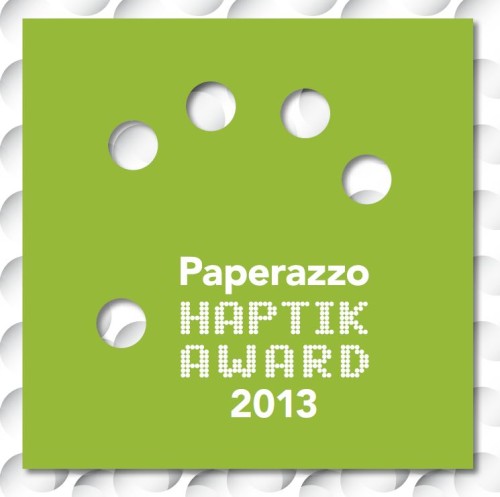
During my marketing studies, I came across an article by Aradhna Krishna, who is considered a pioneer in the research of what is called sensory marketing, which she defines as marketing that engages the consumers’ senses and affects their behavior. More precisely the sensory aspects of products affect our emotions, memories, perceptions, preferences, choices, and consumption of these products.
One of these senses is the haptic sense, also called touch. What makes touch particular is the fact that in order to experience it we need to contact an object. This contact can tell us about the object’s shape, size, surface, material, texture, weight, temperature etc.
Joshua M. Ackerman of the MIT, reasons that in the world of sensory marketing, touch is perhaps the most underutilized, he also calls it the forgotten sense. This is a pity as research has shown that haptic feel does, indeed, affect what we like and what we buy. Tactile warmth, for instance, signalizes sympathy/liking and the heavier an object is the more it seems serious and competent, which explains the current trend of very thick business cards.
Some brands recently started to strive for creating a sensory (brand) signature, something which leaves a sensory impression of the brand in people’s mind. Alfred König, a German branch expert in the fields of haptic communication and jury member of the Paperazzo HAPTIK AWARD, also speaks of so called corporate haptics. There are brands such as Apple, which succeeded in creating corporate haptics – Apple products are frequently stroked by their users! Creating communication which allows consumers to engage more than one sense also has a positive effect on the retention and impact of the respective message.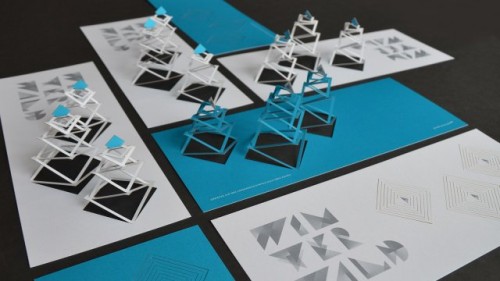
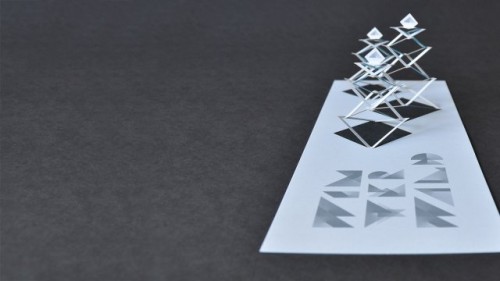
2012 winner in the category “invitations & greeting cards”: “Winterwald” by schnellervorlauf, source: www.schnellervorlauf.de
According to its founders, the Paperazzo HAPTIK AWARD was created because they consider haptic communication (communicating by touch) the only chance to really emotionally touch people in a world of sensory overload, where they are constantly bombarded with visual and audio messages. The award honors print products (from greeting cards to books and direct mailings) which communicate via haptic elements. Of course, the visual and haptic design need to go hand in hand and complement each other, the same way as vision and touch do.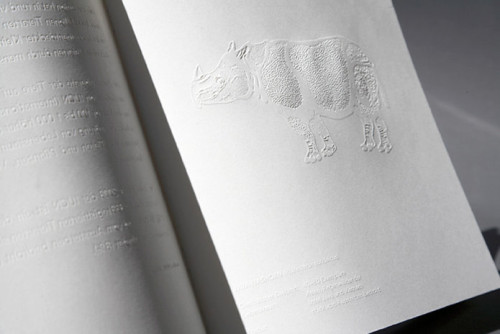
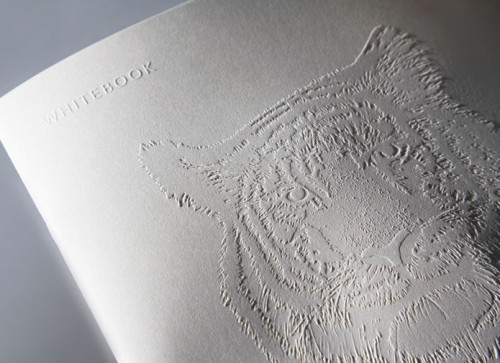
2012 winner in the category “annual report & image brochure”: “Whitebook” for Arctic Paper by Juno Hamburg, source: www.slanted.de
There are many ways to increase the sensory pleasure of paper and print products with particular production, printing and finishing methods. One method, which has experienced a true renaissance during the last years, is, of course, letterpress. But there are also other methods such as laser cutting, hot foil stamping or screen printing with different effects.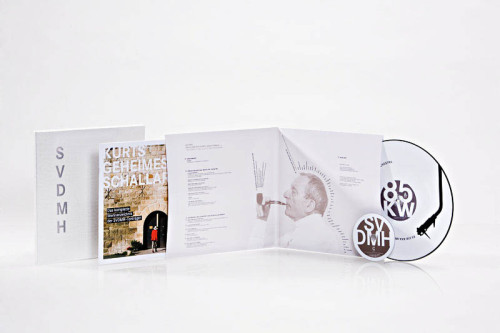
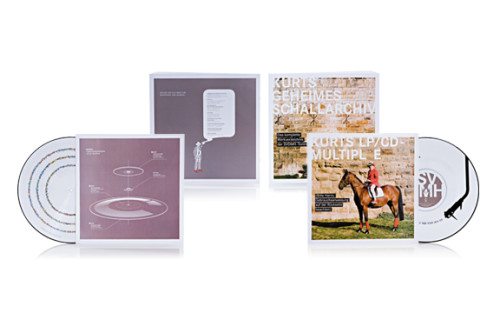 2012 winner in the category “art & culture”: CD cover “Kurt Weidemann” by i_d büro, source: www.i-dbuero.de
2012 winner in the category “art & culture”: CD cover “Kurt Weidemann” by i_d büro, source: www.i-dbuero.de
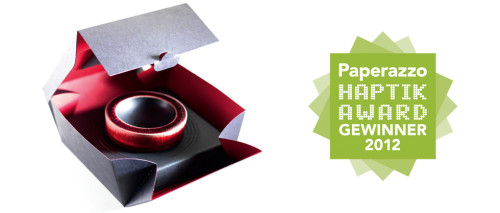 2012 winner in the category “packaging”: “Keramik” by Kurt Dornig, source: www.dornig.cc
2012 winner in the category “packaging”: “Keramik” by Kurt Dornig, source: www.dornig.cc
Another option is to use paper with a very tactile surface or a high bulk or thickness. This is the reason why there is a special category at the Paperazzo HAPTIK AWARD for paper. Last year’s winner was Schoellershammer Recycling, a recycling paper with a particularly rough surface.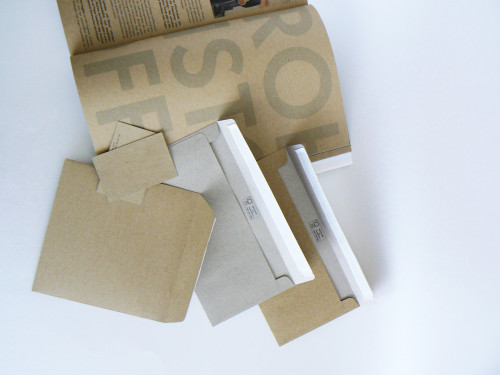
2012 winner in the category “paper”: Schoellershammer Recycling
For all of you who want to participate: Submission is open until July 1, 2013. The winners will be presented at the Frankfurter Buchmesse in October.
We love this haptic trend and hope it is here to stay!

